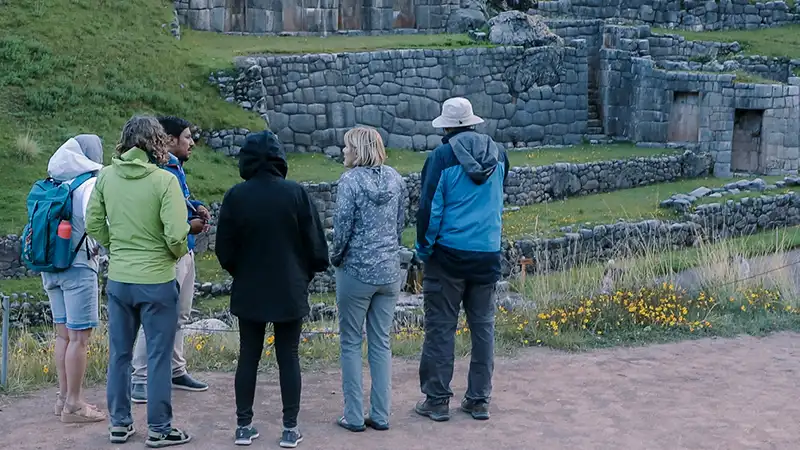Curious about Nazca Lines?
No worries; we will explain all the essential points about the spot so you can visit it all informed. Nazca Lines are geoglyphs or certain types of designs, drawings, or motifs made on the ground by removing earth and rocks. The pictures created are a type of negative image. The stones are weathered and oxidized to a deep rust color, but a light-colored yet contrasting sand is exposed when the top 12-15 inches layer is removed.
Where are Nazca Lines located?
These giant geoglyphs are collected in the coastal plain of Peru about 400 kilometers (250 miles) south of Lima, Peru. The Nazca Lines are among the driest places on earth - an archeological site spread over 75,000 hectares.
A brief history
There is no purpose in visiting the Nazca Lines when you know little or nothing about their history. So, here is a brief history of this archeological site.
Nazca Lines were created by the ancient Nazca people in South America, who flourished from about A.D. 1 to 700. Interestingly, the designs are still intact for 500 to 2000 years since very little precipitation, and wind lead to erosion.
Regarding the purpose of Nazca Lines, recent research showed that the lines were related to water as an effort to bring rain when needed as part of a ritual to the gods instead of a guide to finding water or an irrigation system.
Some other scholars depict the symbols of animals with these lines for rain, fertility, or water. These symbols have also been found on other Peruvian pottery and ancient sites supporting this theory.
At the 80th annual meeting 2015 of the Society for American Archeology, the researchers argued that Nazca Lines had an individual purpose that changed over time. Formerly, they were used as ritual processional routes to the Peruvian temple complexes. However, the latter groups of pilgrims used to smash the ceramic pots at the intersection points of the lines.
Traveling to the Nazca Lines
Despite various interesting theories, Peru's famous Nazca Lines are still a mystery. However, visiting the archeological oddities yourself will be a memorable experience. You need to understand certain things before you head to the destination.
Transport
The tiny airport of Nazca does not attend passenger flights. So, you may need to get there by bus instead. There are certain companies of buses that depart from Lima every half hour or so. These buses may cost you a maximum of $25 and take almost seven hours to arrive at Nazca.
Where to stay to visit Nazca lines
There are various other nearby attractions that you can cover while you visit Nazca. If you are interested in pre-Inca history, you can check out the lines and hop on the next bus the same day. The bus takes you to the other attractions with the pre-Inca history that approve a stay of two or more days.
View from the sky of the Nazca lines
Once you arrive at Nazca, the next step is to view the scenery. You can climb up the nearby observation tower to view the sky or take a flight instead. Avail of the option that suits your budget. No doubt, taking a flight is preferable since it gives the bird’s eye view, but the sharp turns in that 20-minutes flight can cause severe nausea. So, take an anti-nausea tablet and avoid big meals a few hours before take-off. I prefer early morning departures for better visibility and less turbulence.
View from the ground
If you are tight on budget, consider viewing the etchings from the nearby observation tower instead of taking a flight. Although not as clear as the sky's view, this 42-foot (13-meter) tower provides a sober view to admire the three types of lines. You can also hike to the top of the nearby hill to have excellent ideas of the lines. Leave extra belongings behind to get there cheaply.
Freshen up your knowledge
If you don't know at least a little about the etchings coming into being, you have no point visiting there. To freshen up your knowledge of their history, there are two museums nearby – the Museo Antonini and the Casa-Museo Maria Reiche. These museums provide precise information about how Nazca Lines developed, the ancient pre-Inca people, and their theories and motivations for drawing these lines. Another museum at the airport also provides valuable information about the destination.
Conclusion
Nazca Lines is an ancient archeological site on the coastal plain of Lima, Peru. Many theories are associated with the lines, yet the actual reason behind their development remains a mystery. If you plan to visit Nazca Lines, brush up on your history and book from a well-known traveling company to get the most out of it.



